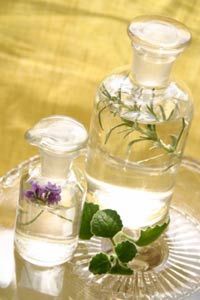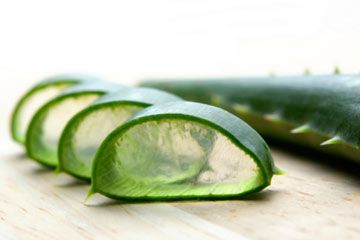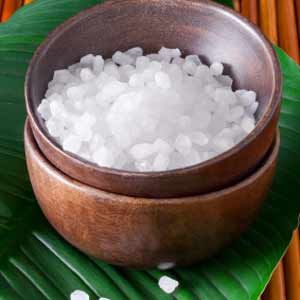It cools. It stimulates. It disinfects. But can camphor, an oil obtained from trees or synthesized from turpentine, treat skin problems?
Traditionally, camphor was an oil extracted from the bark and wood of the cinnamomum camphora tree, native to Vietnam, China and Japan. Medicinal use of the oil dates back to the Middle East around 600 AD, and it was revered as sacred in ancient Greece and Egypt. Since the 1920s, however, most camphor has been synthesized from rosin-based turpentine oil [source: Nippon Fine Chemical].
Advertisement
People have used camphor to relieve pain, increase blood flow and treat infections. Today, you'll find camphor oil in products such as Vicks VapoRub, Caladryl and Campho-Phenique. Usually, these products are rubbed on the skin or inhaled [source: WebMD].
As a pain reliever, Camphor is often an essential ingredient of products that specialize in treating backaches and muscle and joint aches caused by arthritis and other inflammations. It's rubbed directly on the skin as a cream. Users often feel a cooling sensation that adds to the feeling of pain relief. Although experts don't know everything about how it works, camphor most likely stimulates nerve endings that are sensitive to the cold.
But camphor can also be used to treat certain skin problems that cause pain, swelling and itching. It's often an ingredient in over-the-counter lotions that numb nerve endings, which reduces the itching caused by hives, rashes and allergies [Rockoff].
If applied topically in strong enough quantities, it also works as a counterirritant, easing pain and swelling in one area by causing irritation of the skin in another [WebMD].
Let's take a closer look at some other, lesser known ways that people use camphor to treat skin problems, along with some medical concerns associated with the substance.
Advertisement



